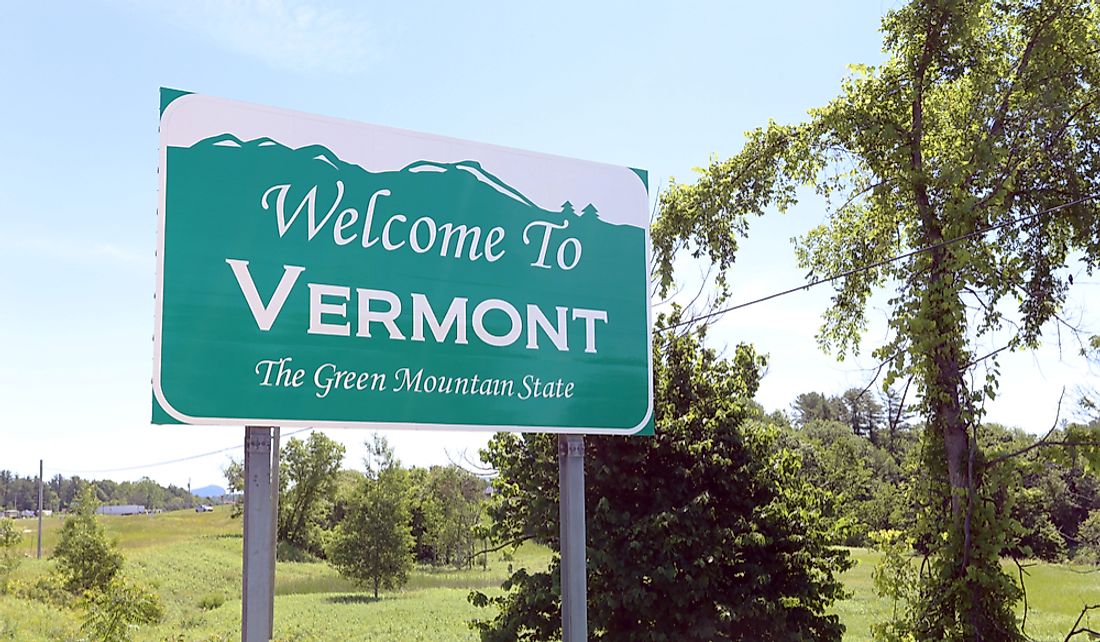Is Vermont A State?

Vermont is one of the six states of the New England region of northeastern United States the others being Connecticut, Rhode Island, Massachusetts, Maine, and New Hampshire. Vermont is the sixth-smallest state by area and the second smallest by population. Its capital Montpellier is the least populous capital in the country. The state is the leading producer of maple syrup in the United States and was ranked the safest state in 2016. Vermont joined the Union on March 4, 1791, as the 14th state.
Vermont Becomes A State
The 13 colonies seeking independence from Britain were too focused on the Revolutionary War to notice that Vermont was seeking independence of its own. The Continental Congress and the state of New York rejected the idea of establishing a new state, forcing the territory to exist as an independent state from 1777 to 1791. The British tried severally to negotiate with the United States over the possibility of the territory becoming part of the British province of Quebec, but the Americans rejected the idea. In 1791 Vermont paid $30, 000 dollars to the state of New York as compensation for the land and was allowed to join the Union as a state. On March 4, 1791, Vermont was officially admitted as the 14th state of the United States and the first state to be admitted outside the original 13 colonies.
Demographics of Vermont
The population of Vermont as of 2018 was 627, 000. It is the least populous of the New England States and one of the two states with fewer people than Washington DC the other being Wyoming. About 91 percent of the population is white, 2% is African-American, 2.8% is Asian, and 2.2% is Hispanic while the remaining belong to other races. It is the second-whitest state in the country after Maine. About 13% of marriages in Vermont end up in divorce; the fifth highest in the country. The median workforce age of 43.7 is slightly higher compared to the national average of 41.1.
The Economy of Vermont
Vermont is the 45th largest economy in the United States with a GDP of $61.4 billion, accounting for 0.32% of the national GDP. The federal and state governments account for 13.4% of the GDP while real estate accounts for 11.6%. Other key sectors of the economy are manufacturing (9.6%) social assistance and healthcare (9.4%) retail trade (8.4%), insurance and finance (5.9%), and construction (5.5%). The unemployment rate stands at 2.3 percent compared to the national average of roughly 4%. Commercial dairy farming is practiced although the number of ranches and cattle have significantly dropped compared to the early 90s as the government steps up efforts to control the development of the natural environment.
Politics of Vermont
Vermont is represented in the United State Congress by one representative and two senators. The state's constitution divides the government into judicial, executive and legislative arms which are the Vermont Supreme Court, the Governor of Vermont, and the Vermont General Assembly respectively. The governor, 30 senators, and 150 representatives who sit at the General Assembly serve a two-year term with no term limits.











